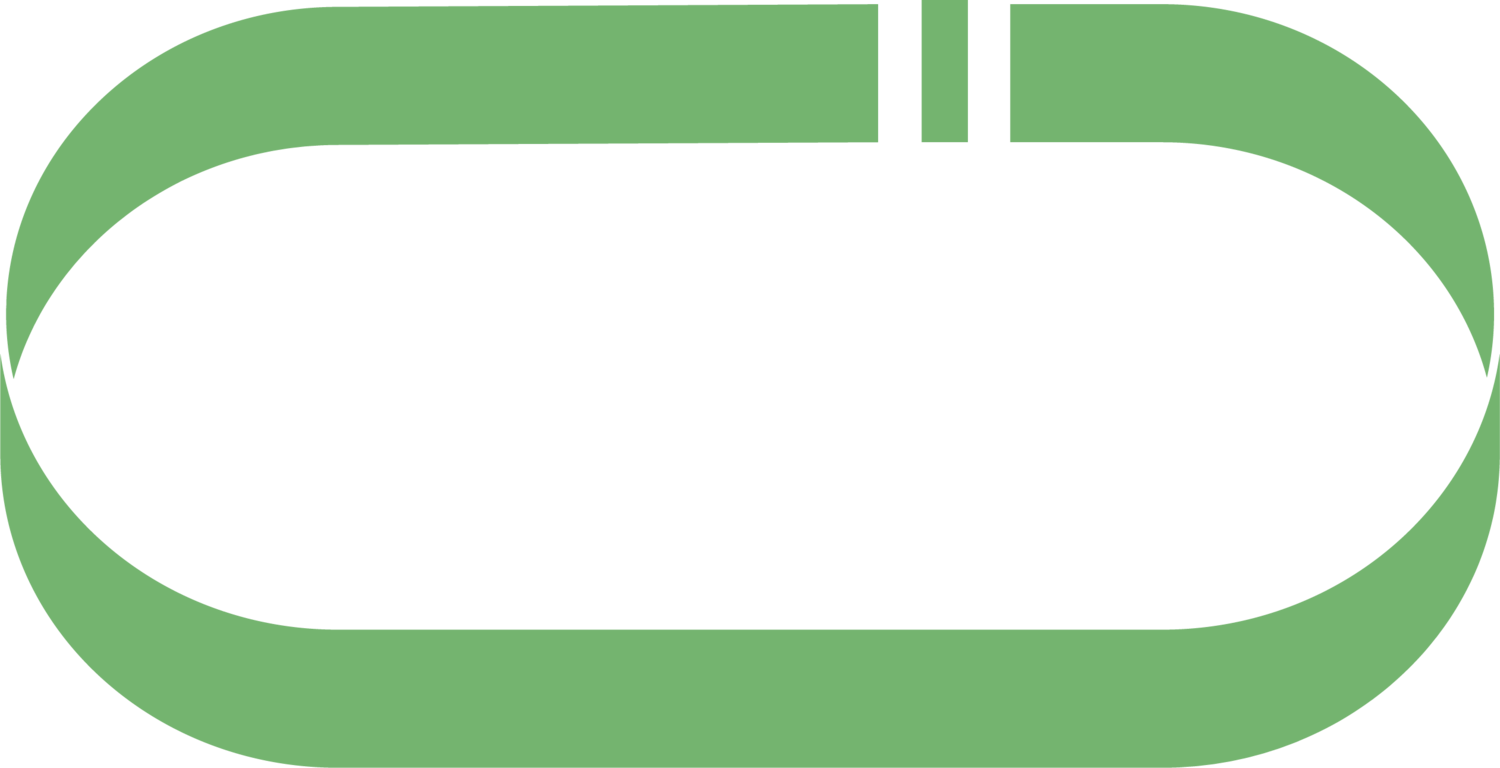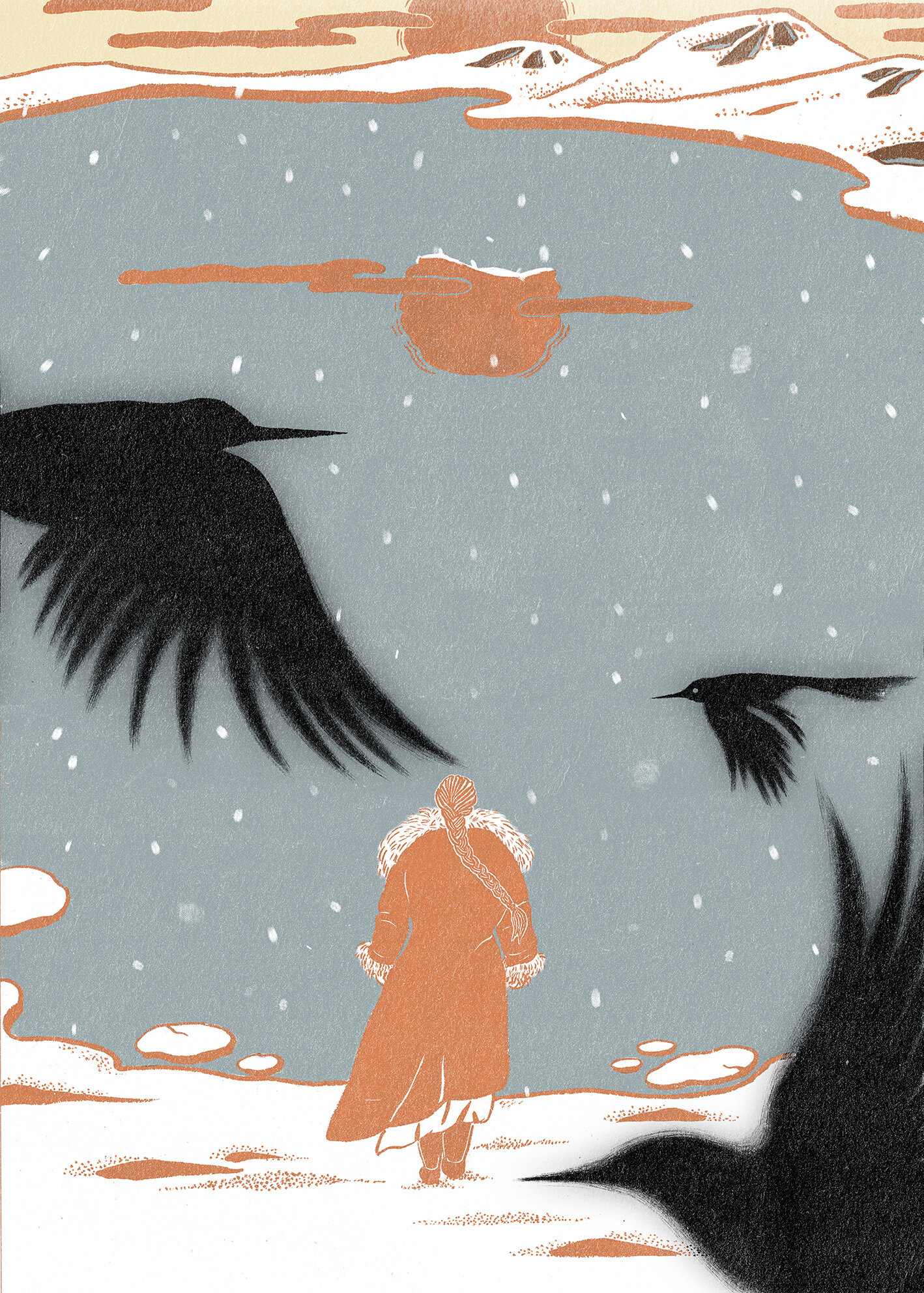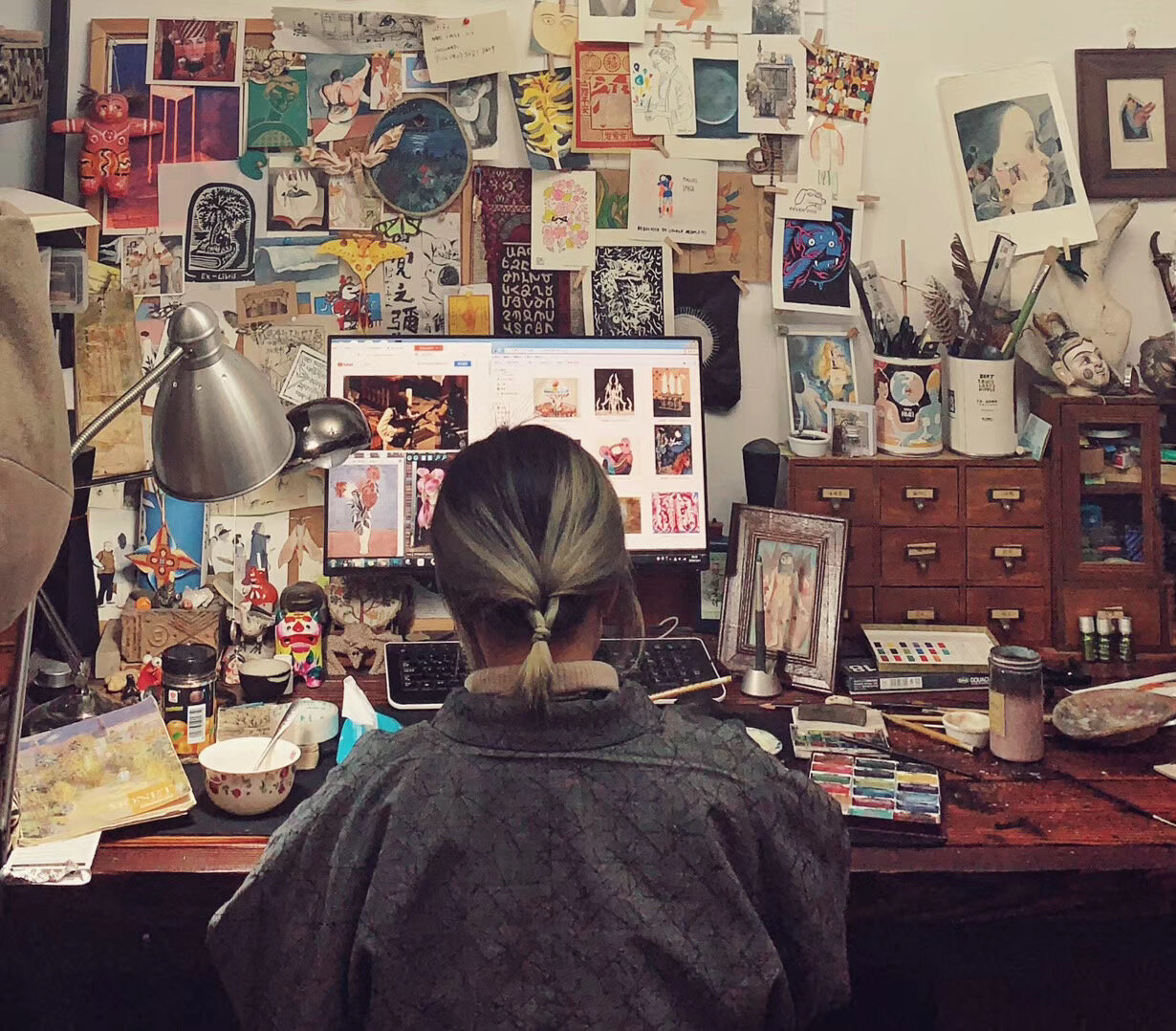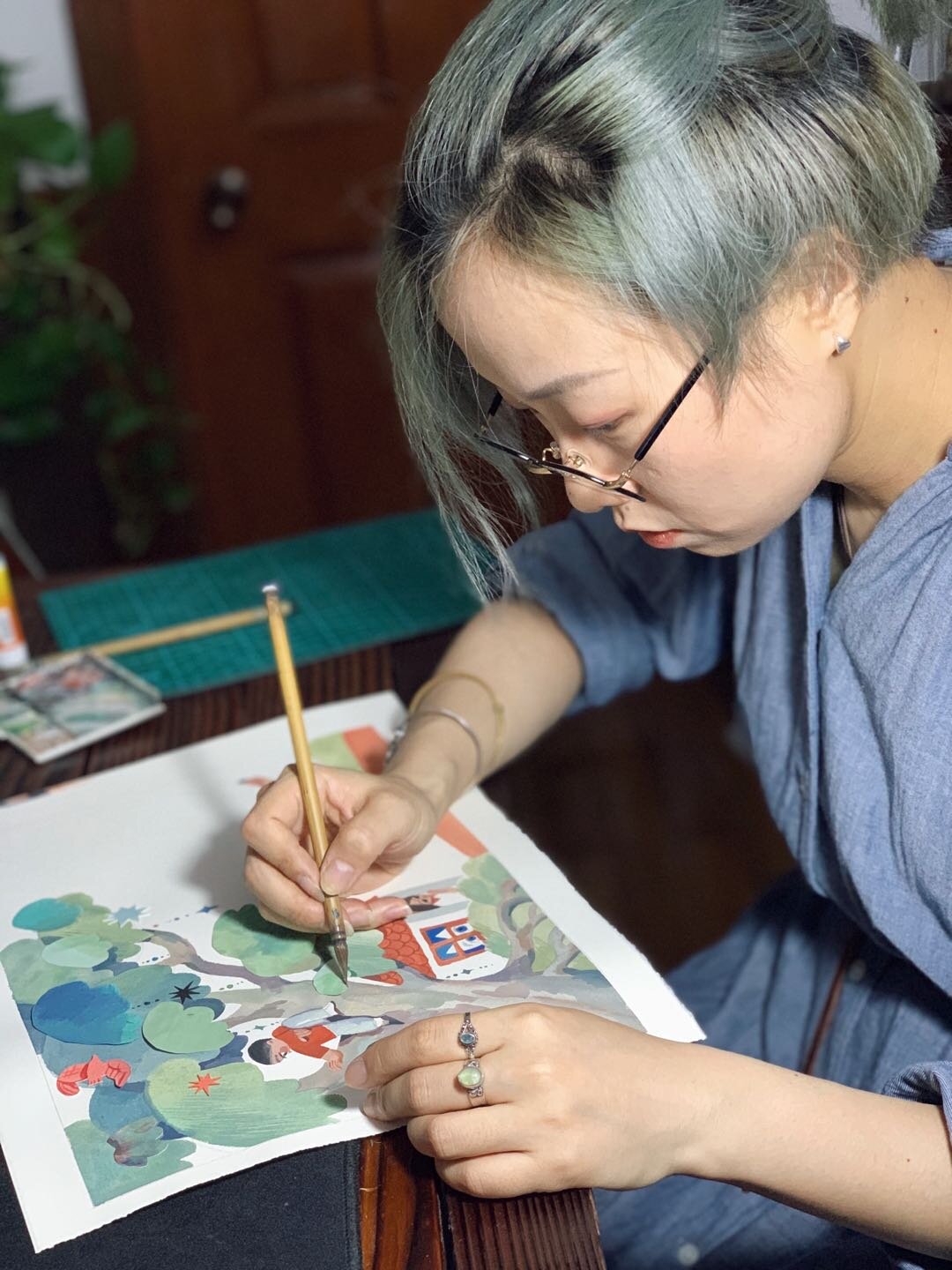Talking about New Chinese Aesthetics
Illustration by Laomo Wang
1. If illustration is a friend who has been with you for a long time, what does it look like in your mind?
Laomo Wang & Wuyang Yu: Similarly, for me, illustration as a long-time friend is a visual representation of my artistic journey and growth. It's a reflection of my inner thoughts, emotions, and perspectives. It's a medium through which I can communicate and connect with others on a deeper level. It's a constant presence in my mind, and the act of painting becomes a way to bring it to life without the need for spoken words.
Illustrstion by Wuyang Yu
2. What would you consider doing without considering the reality if you don't do illustration anymore? Why?
Laomo Wang: Without considering reality, I would love to be a professional test sleeper, simply because I enjoy lying down and resting.
Wuyan Yu: If reality wasn't a factor, I would consider traveling the world and immersing myself in different cultures or pursuing a career in the music industry. Traveling would allow me to experience new people, places, and nature, while music has always been a passion of mine.
3. What kind of artworks, experiences, or objective factors have influenced your unique illustration aesthetics?
Mo: During my high school years, I was influenced by artists such as Jean-Francois Millet and Egon Schiele. In recent years, I have drawn inspiration from Pierre Bonnard, Chang yu, and Pierre Boncompain, as their works convey a hazy mood with a touch of oriental interest. Their art has helped me define my own preferences and the direction I aspire to in my illustrations.
Yu: My unique illustration aesthetics have been influenced by various sources, including folklore images, religious sculptures, and murals, among others.
4. How did you become an illustrator? Do you like the label?
Mo: I transitioned from being a film artist to an illustrator during my first year of graduate school after sporadically drawing for some time. There was a moment when I was working on art for days without much sleep, and it made me realize my passion for illustration. I hope to not be limited by the label of being an illustrator and continue to explore other artistic possibilities.
Yu: I pursued animation as my undergraduate degree and took an illustration course, which led me to choose illustration as the direction for my graduation project. After graduation, I naturally progressed into commercial illustration and eventually became a freelance illustrator. I embrace the label of being an illustrator, but I also hope to have a broader identity beyond this label in my artistic journey.
Illustration by Wuyang Yu
Illustration by Wuyang Yu
5. How did you embark on your journey as an illustrator? What are your thoughts on the label?
Mo: I made a career shift from being a film artist to an illustrator during my first year of graduate school. Prior to that, I had been sporadically drawing and contemplating changing my field. It was during a time when I stayed awake for days with a group of fellow artists working on art, and I felt like I was on the verge of burning out. That was a pivotal moment that pushed me to make the decision to switch careers. However, I don't want to be limited by just the label of an illustrator and hope to explore beyond it.
Yu: I pursued animation as my undergraduate degree, which included an illustration course. So, choosing illustration as the direction for my graduation project and eventually studying commercial illustration seemed like a natural progression. I enjoy the label of being an illustrator. Nevertheless, I also hope to have a broader scope in my life beyond just this label.
6. How do you strike a balance between experimenting with materials and expressing your visual language?
Mo: Material experimentation is a process of getting familiar with and exploring new possibilities for me. It's like arranging different combinations, where various media and materials can result in different effects, emotions, and atmospheres. During the experimentation, I list out these possibilities and then filter out the ones that best convey the desired atmosphere of the imaginary picture. I actively select the materials based on my creative mood.
Yu: Aside from digital painting, I mainly use watercolor and occasionally incorporate collage elements. While the mediums I use may not be too diverse, I have grown accustomed to working with paper-based flat painting.
7. What kind of environment do you prefer for your creative process? Where do the emotions in your artwork stem from?
Mo: My ideal creative environment is a quiet space with just myself, preferably free from distractions. When I'm in the right mindset, I may listen to music or the radio while I'm drawing. As for the emotions in my work, I typically draw inspiration from life, seeking out emotional themes and details. I enjoy creating a gentle atmosphere with blurred boundaries, and I incorporate various painting techniques to actively evoke emotional moods during the creative process.
Yu: I prefer a serene and uninterrupted creative environment, often accompanied by my favorite music playing in the background as I paint. My artwork can be seen as an emotional outlet, reflecting the ups and downs of my life, both positive and negative, and visualizing them in my illustrations.
Illustration by Lao Mo
Illustration by Wuyang Yu
Illustration by Lao Mo
8. Where do you draw inspiration for your unique color palette?
Mo: The inspiration for my color palette often comes from the emotions I want to convey in my artwork. Color is a powerful tool for expressing emotions, and I have developed my own palette by experimenting with different tones that correspond to different moods or atmospheres. I also draw inspiration from the works of my favorite artists and study how they use color to create their unique styles.
Yu: I believe my affinity for old things unconsciously influences my color palette, giving it a gray and vintage feel.
9. Do you think an illustrator's style can evolve or change over time?
Mo: Yes, I believe an illustrator's style can evolve and change over time. While the overall painting language may remain relatively stable, an illustrator's style can be diverse as they grow and develop as an artist.
Yu: Absolutely, I think an illustrator's style can change over time. Style is a reflection of one's painting habits and aesthetic preferences, and it naturally evolves with life experiences, perceptions, and preferences.
10. How important do you think systematic teaching is for illustrators starting out? What advice do you have for newcomers?
Mo: I believe systematic teaching is important because a solid foundation in drawing can greatly impact an illustrator's future success. It's important not to rush and focus on building a strong foundation.
Yu: From a professional standpoint, I think systematic teaching can be beneficial. A good foundation in drawing can help an illustrator excel in any style they choose to pursue. However, it's not absolutely necessary. If someone has a keen sense of perception and a strong desire to express themselves, they can still become excellent illustrators even without formal training.
11. How do you evaluate your past works? What do you consider a perfect work?
Mo: I view my past works as reflections of my stages of study, life, and emotions. I don't believe in striving for perfection in my artwork at this stage, and I don't force myself to create perfect works.
Yu: I believe there are both good and bad past works. A perfect work, for me, is one that I enjoyed creating, had fun with during the process, and met my expectations while also lasting a while in terms of its impact.
12. Can you recommend your top three favorite soundtracks to listen to while working?
Mo: "Why Does It Feel So Good" by Ryuichi Sakamoto, "Ngo" by kuma, and "Hugs" by kuma.
Yu: "Current 93," "In Gowan Ring," and "Stephan Micus" are some of my favorite musicians to listen to while working.
Wuyang Yu’s Studio
Lao Mo’s Sutdio
















